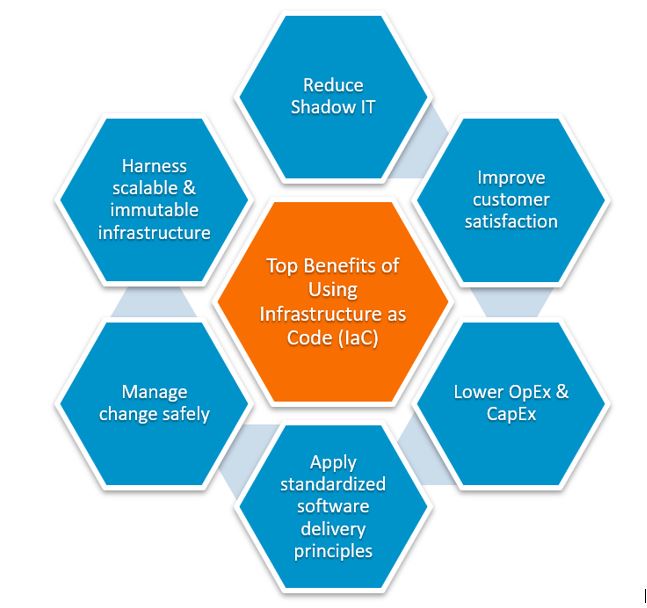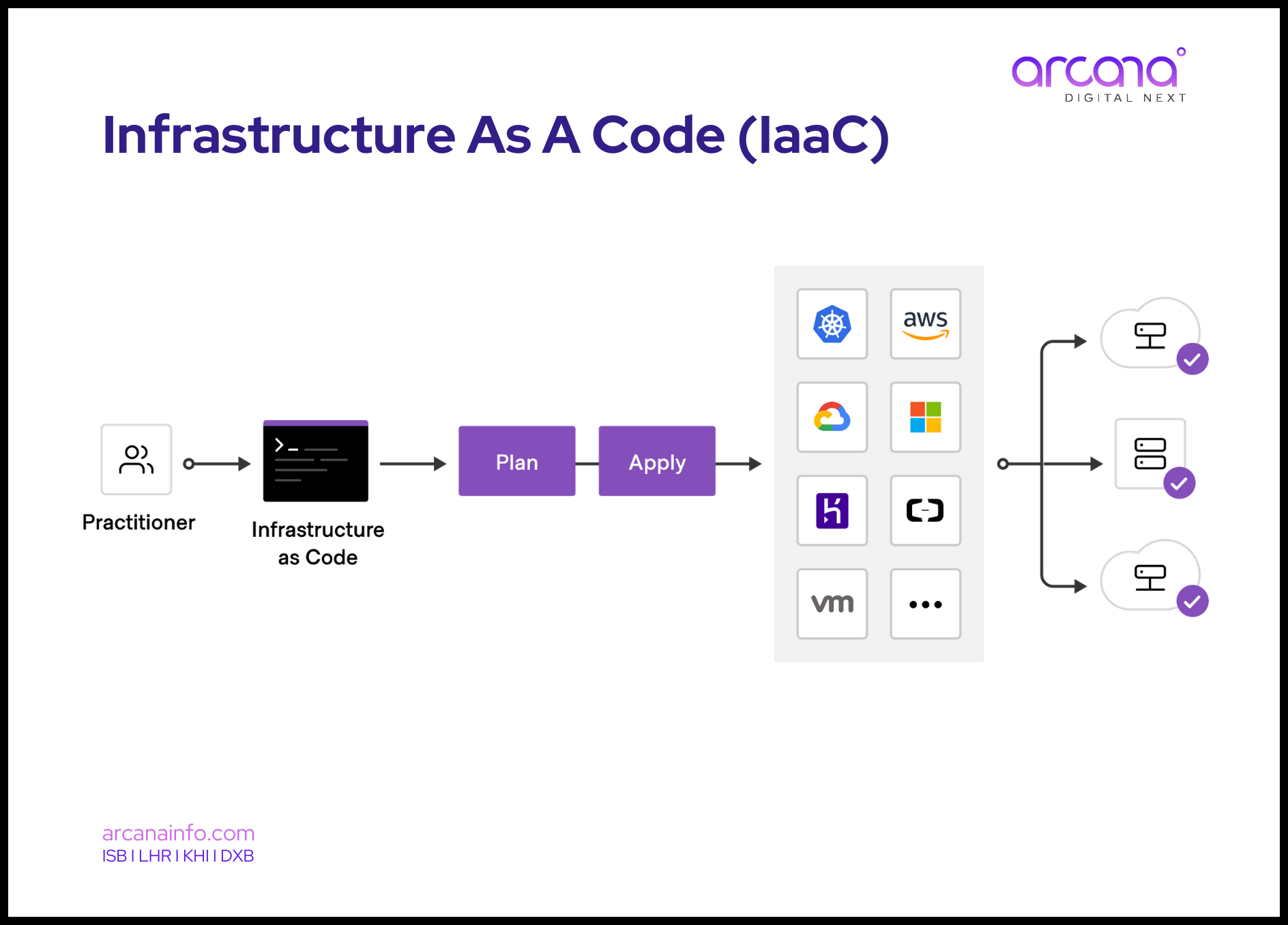Infrastructure provisioning has always been a labor-intensive and expensive manual operation. Although physical hardware in data centers may still be a part of infrastructure management today, virtualization, containers, and cloud computing have taken their place.
The number of infrastructure components has increased due to cloud computing, more apps are being launched into production every day, and infrastructure needs to be quickly scaled. The size of today’s infrastructure is getting harder to manage without an IaaC approach.
IaaC can assist your business in managing its requirements for IT infrastructure while enhancing consistency, lowering error rates, and eliminating human configuration.
The benefits are exactly what you might imagine:
Reduced costs and increased ROI
In addition to drastically lowering the time, effort, and specialized skill needed to provide and grow infrastructure, IaaC enables businesses to leverage the consumption-based pricing model of cloud computing fully. Additionally, it frees developers’ time to work on creative, crucial software solutions rather than plumbing.
Faster and more effective development
IaaC can securely expedite each stage of the software delivery lifecycle by streamlining provisioning and guaranteeing infrastructure consistency.
Faster time to production
IaaC automation significantly accelerates the provisioning of infrastructure for development, testing, and production, resulting in a shorter time to market (and for scaling or taking down production infrastructure as needed). IaaC can even automate the provisioning of old infrastructure, which time-consuming processes would otherwise govern because it codifies and documents everything (like pulling a ticket).
Protection against churn
In firms without IaaC, provisioning is often assigned to a small number of qualified engineers or IT staffers to maximize efficiency. In other cases, the procedure must be rebuilt if one of these specialists departs the company. IaaC guarantees that the organization always owns the provisioning intelligence.
Improved consistency—less ‘configuration drift’
Configuration drift happens when automatic configuration updates and modifications lead to uneven development, testing, and deployment environments. This may lead to deployment problems, security holes, and vulnerabilities when creating applications and services that must adhere to high regulatory compliance criteria. IaaC prevents drift by provisioning the same environment every time.





